A champion of women’s rights and freedom was none other than Gazbeia Sirry.
Born in 1925, raised by two women – a divorced grandmother, and widowed mother , she would grow up to heavily focus on the female in her paintings. Although she graduated from the College Arts Education, her travels to Europe, namely London, Paris and Rome complemented her studies and deepened her artistic sensitivities.
Sirry’s work, characteristic for its slight preference for the figurative and warm-hued palette, was mainly dominated by women in ‘unmistakable poses of power‘ through her work, she often discussed gender equality and the individual freedom of the Arab woman long before it was socially acceptable to. And, in her clever depictions of ‘the daily life’ of the Egyptian woman of the 1960, Sirry was able to express their daily traditions and feelings.
In the 1970s, she used her work to express the daily life of Egyptian women, and in the 1990s, her work helped in liberating the Egyptian woman from societal constraints and traditions. Her style was focused on the movement of women’s liberation, using symbolism to renounce the traditions that held women backwards.
With an innovative art career that spanned over 50 years, Sirry held nearly 70 personal exhibitions across the Arab world, Europe, China, Brazil and the United States – becoming regarded as one of the most distinguished Egyptian artists of the past fifty years. Over the years, her work has been featured in The Metropolitan Museum of Art, The Art & Science Museum Evansville, The National Museum for Women in the Arts, and the Institut du Monde Arabe.
She passed away in November 2021, but she remains one of the most influential women painters in Egypt where her legacy as an innovator and skilled painter lives on. Paying tribute to women and the nation, here are some of Sirry’s most powerful paintings.
Tahrir al-Mar’a (Women’s Liberation) 1949

Al-Zawjatan (The Two Wives) 1953
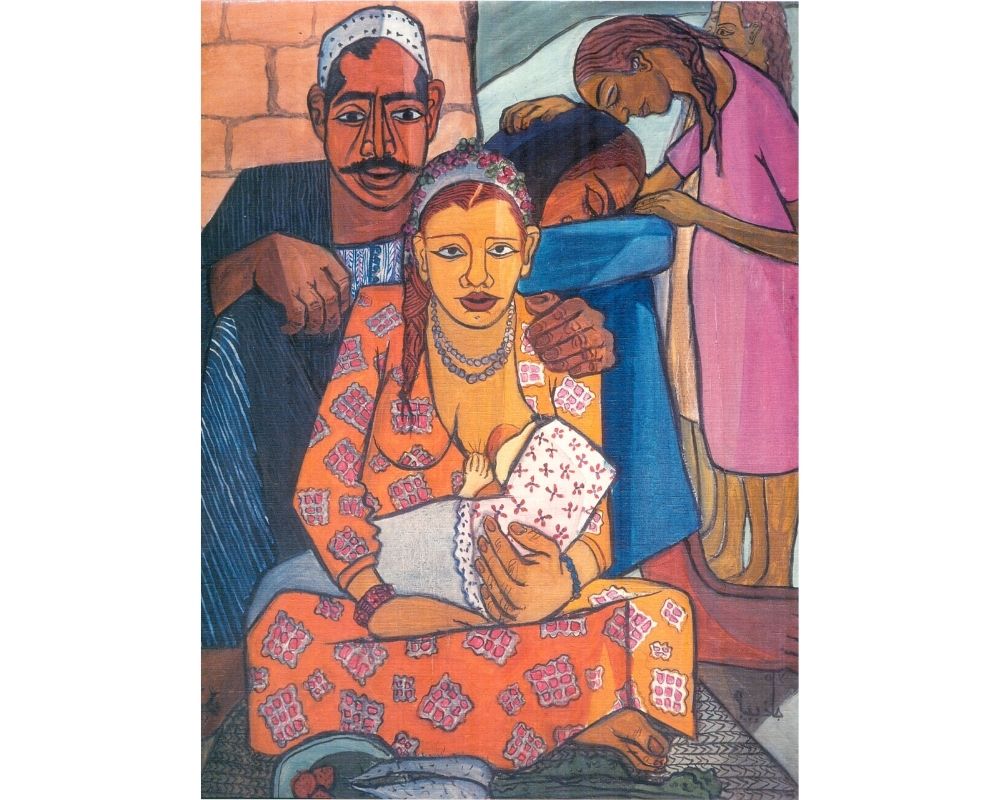
Um Antar 1953
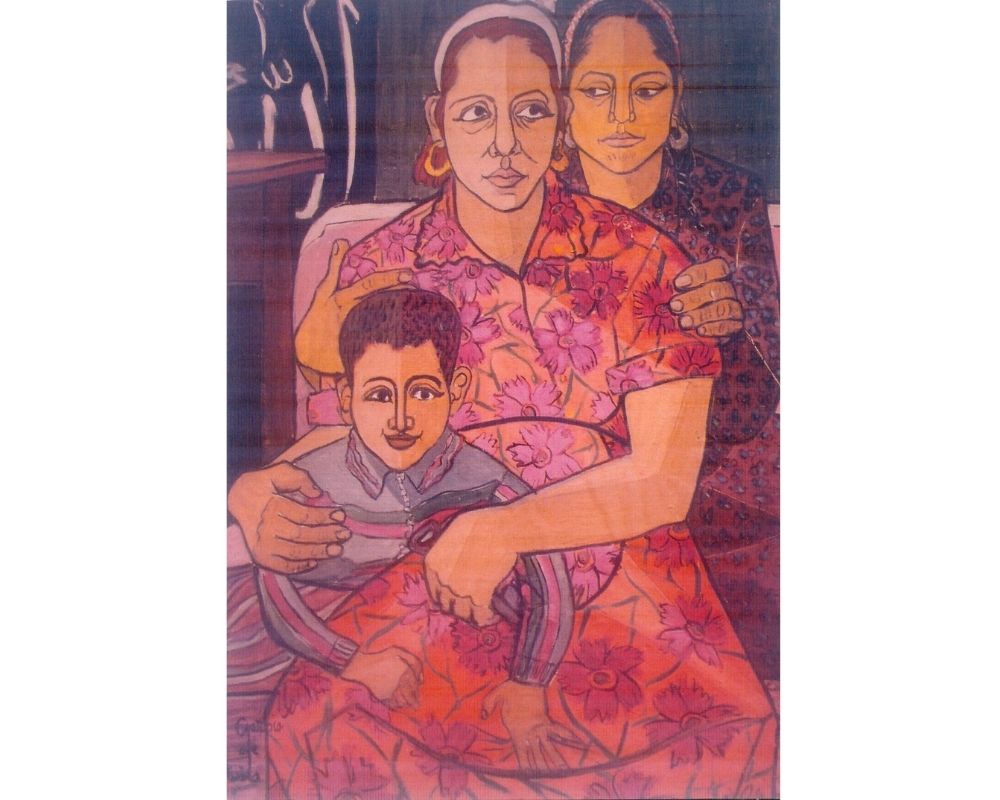
Song of the Revolution 1952
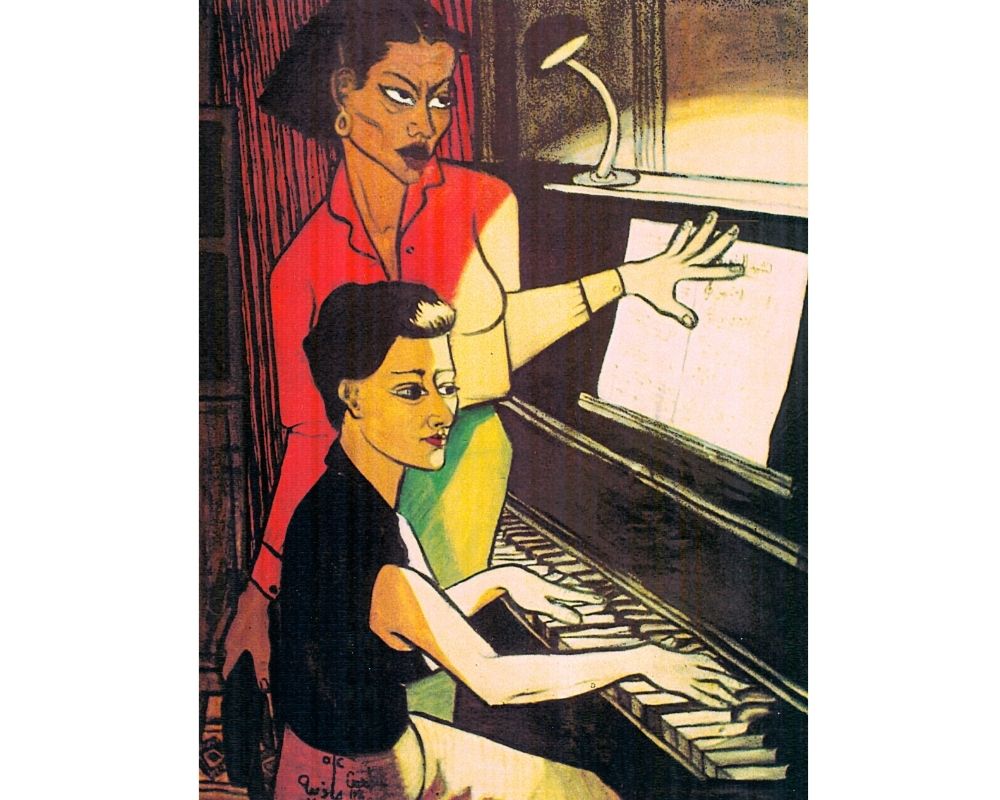
Kare’et el Kaf (Fortune Teller) 1959

Houses on the Nile (Late 1970s – early 1908s)

The Kite 1960


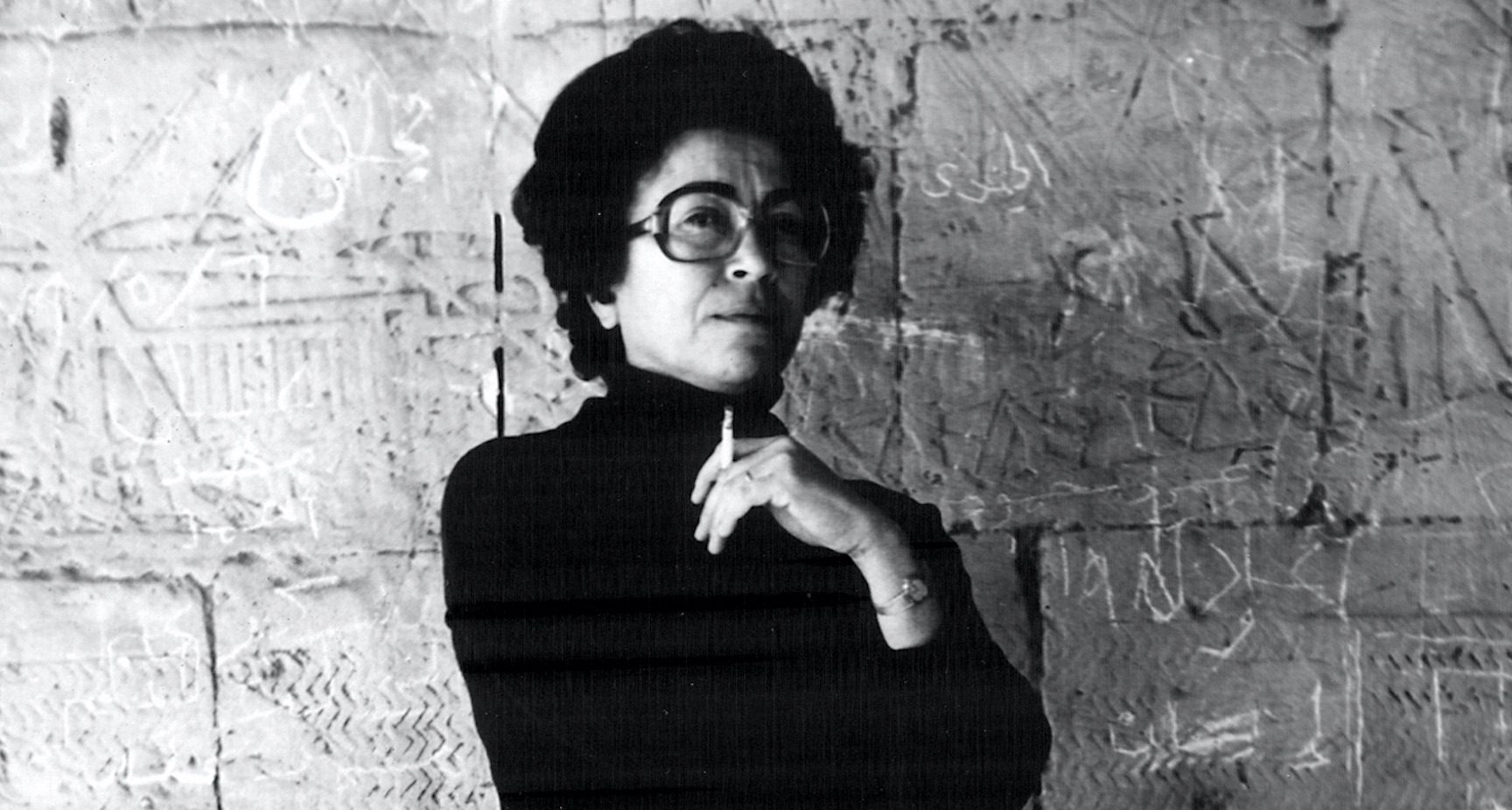



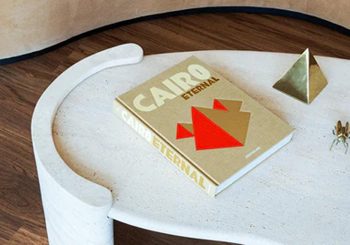

Comments (2)
[…] Women, Art, and Egypt as Seen Through Gazbeia Sirry’s Paintings […]
[…] المرأة والفن ومصر كما تراه من خلال لوحات غازبيا سري […]